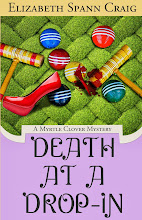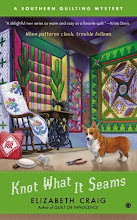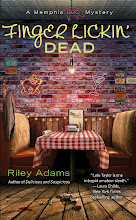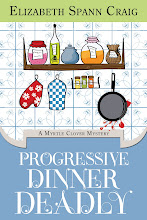 With my Myrtle Clover series, I developed a protagonist who is a very dominant main character. The characters alongside her are far weaker in every way. Even when Myrtle is pitted against a killer, she’s the dominant force in the scene.
With my Myrtle Clover series, I developed a protagonist who is a very dominant main character. The characters alongside her are far weaker in every way. Even when Myrtle is pitted against a killer, she’s the dominant force in the scene.
With the Memphis series, I wanted a different kind of protagonist. I planned to create a solid center for the storm of activity that whirls around Aunt Pat’s Barbeque Restaurant. After all, someone needs to solve the murders.
The big challenge was the colorful cast of characters that surrounded my straight-‘man,’ Lulu. I have a bubbly group of docents from Graceland, a trio of retired blues musicians, and some really animated suspects. I worried a little that Lulu was going to fade in comparison, although she’s the book’s key player.
I’m hoping my editor at Berkley thinks I did a good job keeping my secondary characters under control.
My approach with this:
- If the secondary character is the focal point of a scene, make sure my protagonist is the one asking the questions and in control of their conversation.
- If a conversation takes place between several secondary characters, ensure my protagonist is making observations (even mentally) so that the reader views the scene through her perspective.
- Show the importance of the book’s central character to the secondary characters. If a secondary character wants advice, a shoulder to cry on, or someone fun to go out with, they call Lulu.
Do you have any scene-stealing bit characters? How do you wrangle them?













